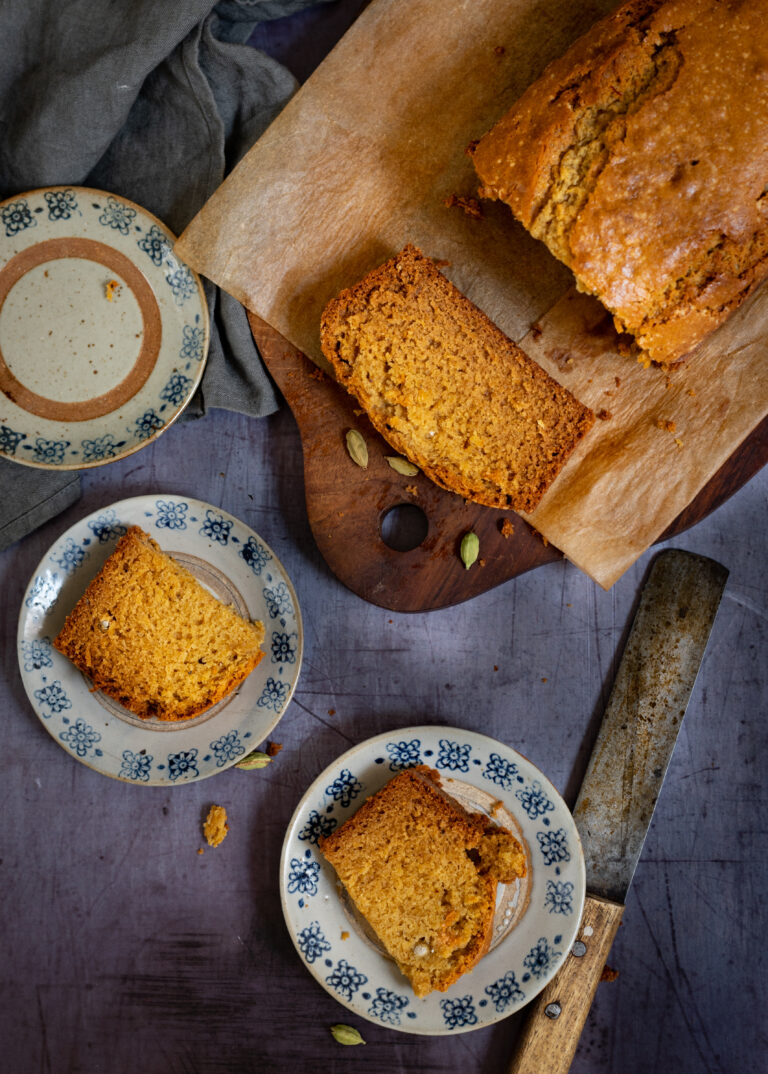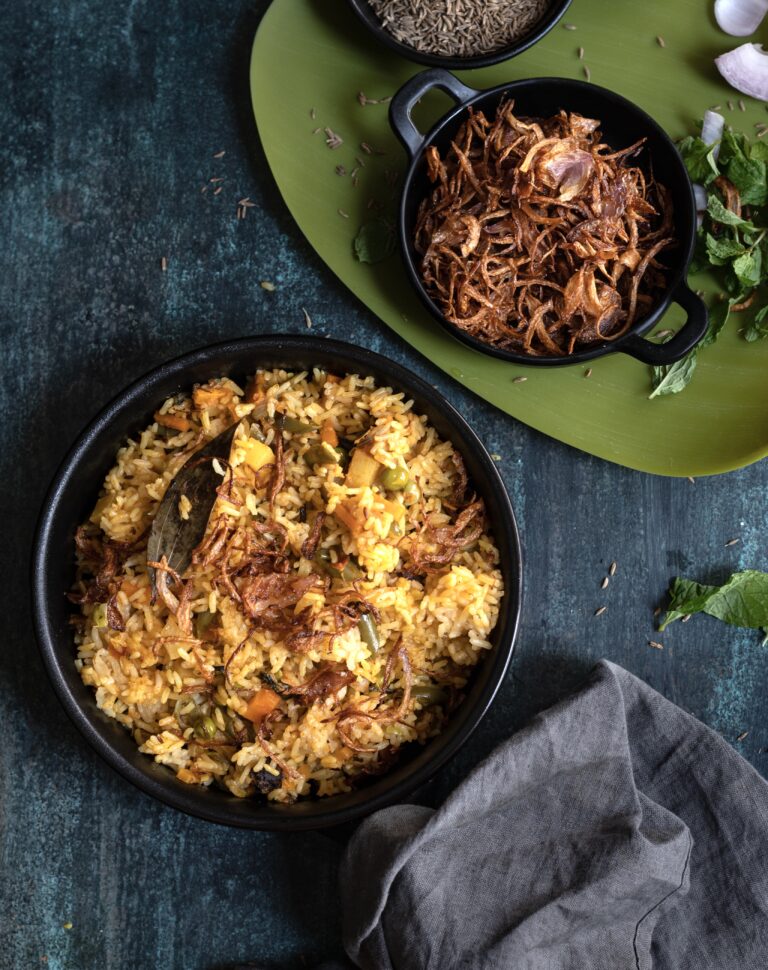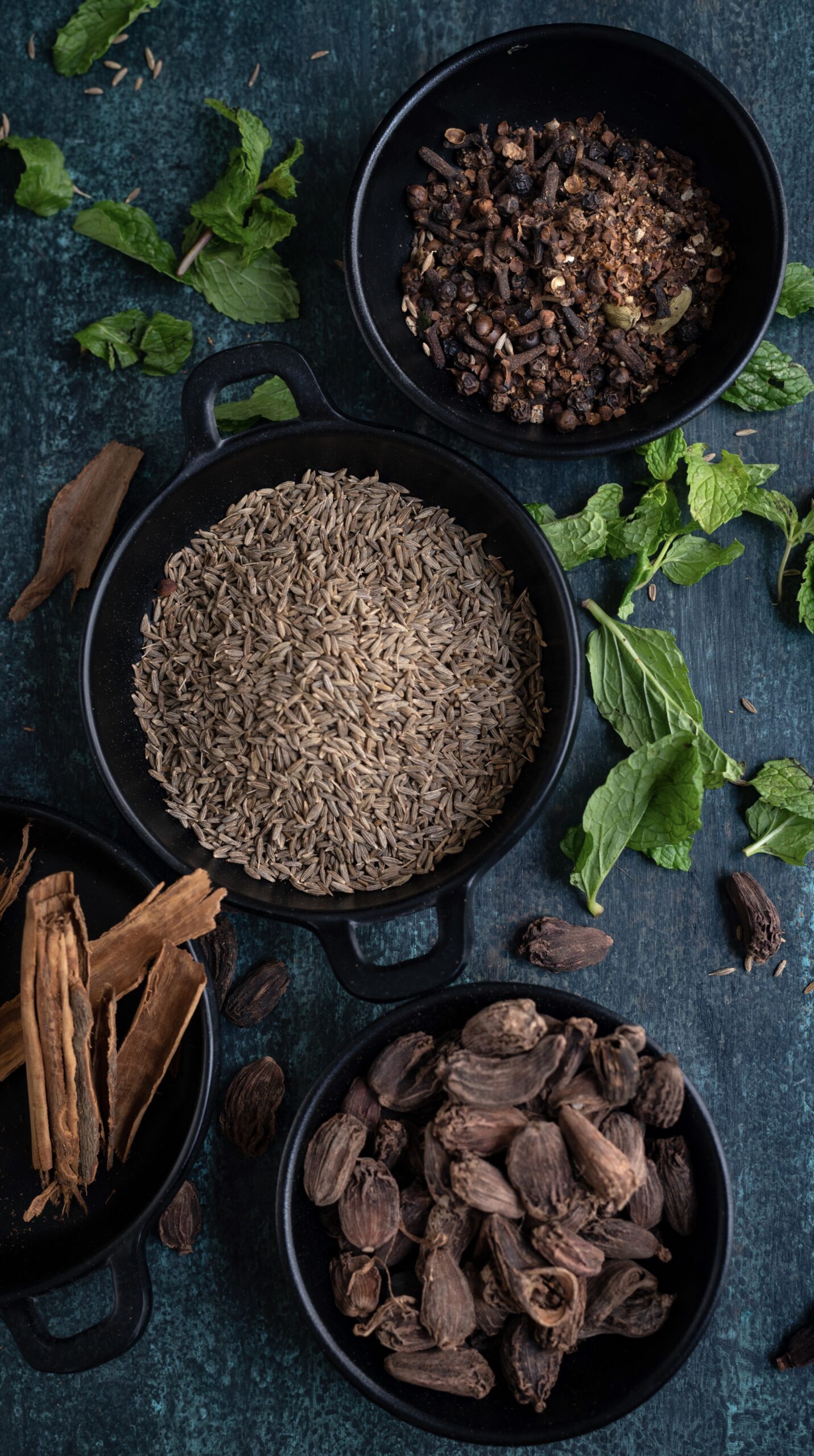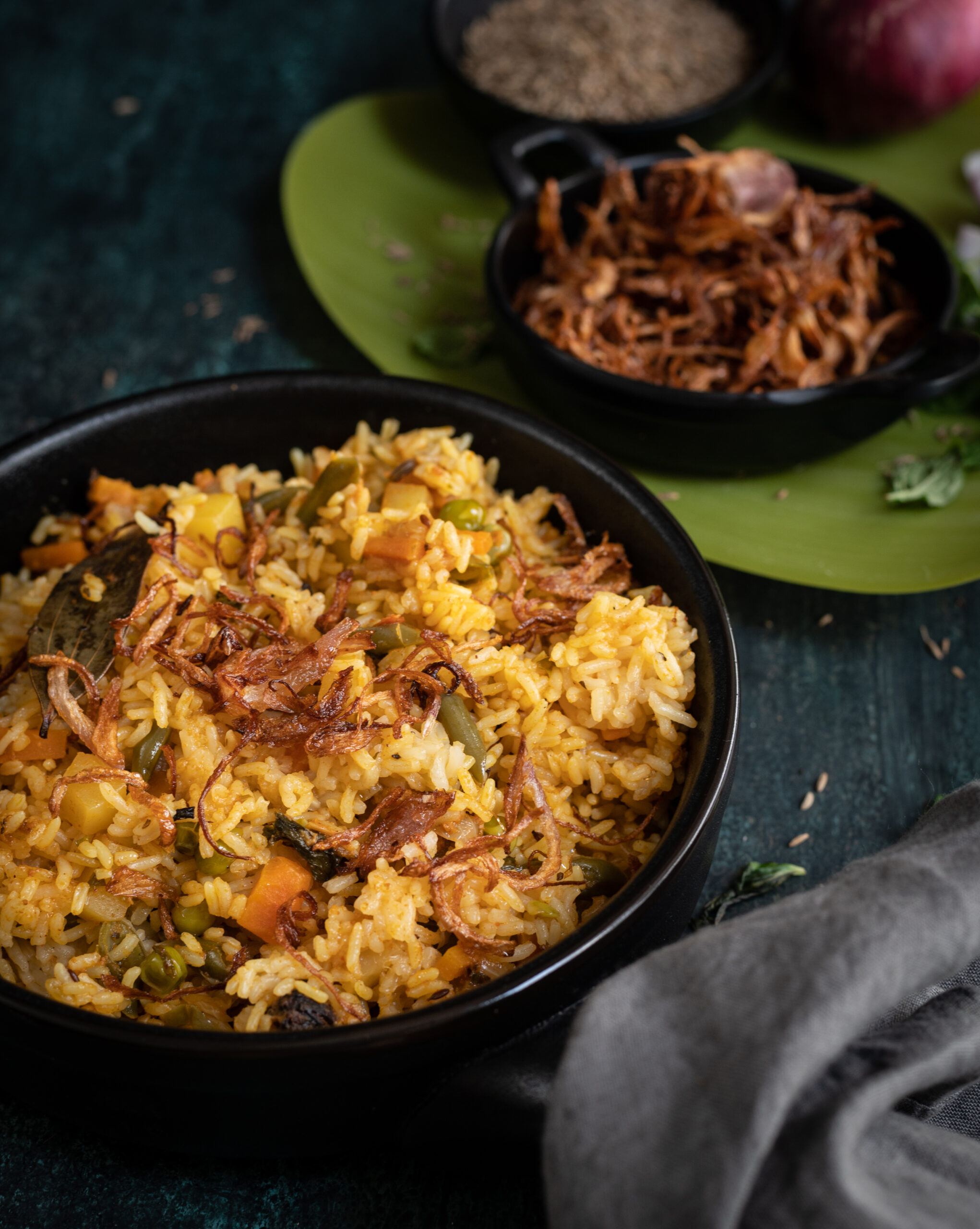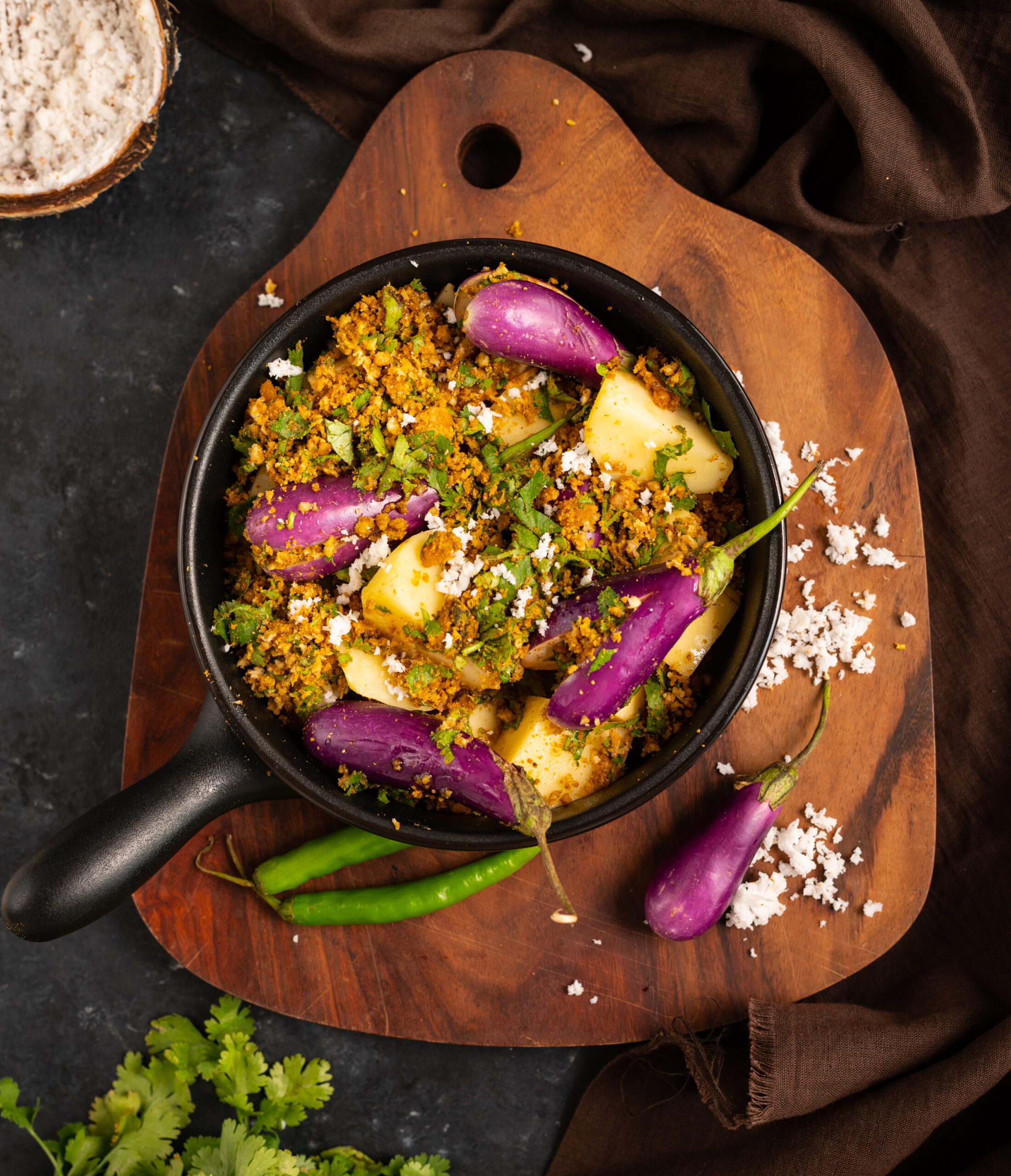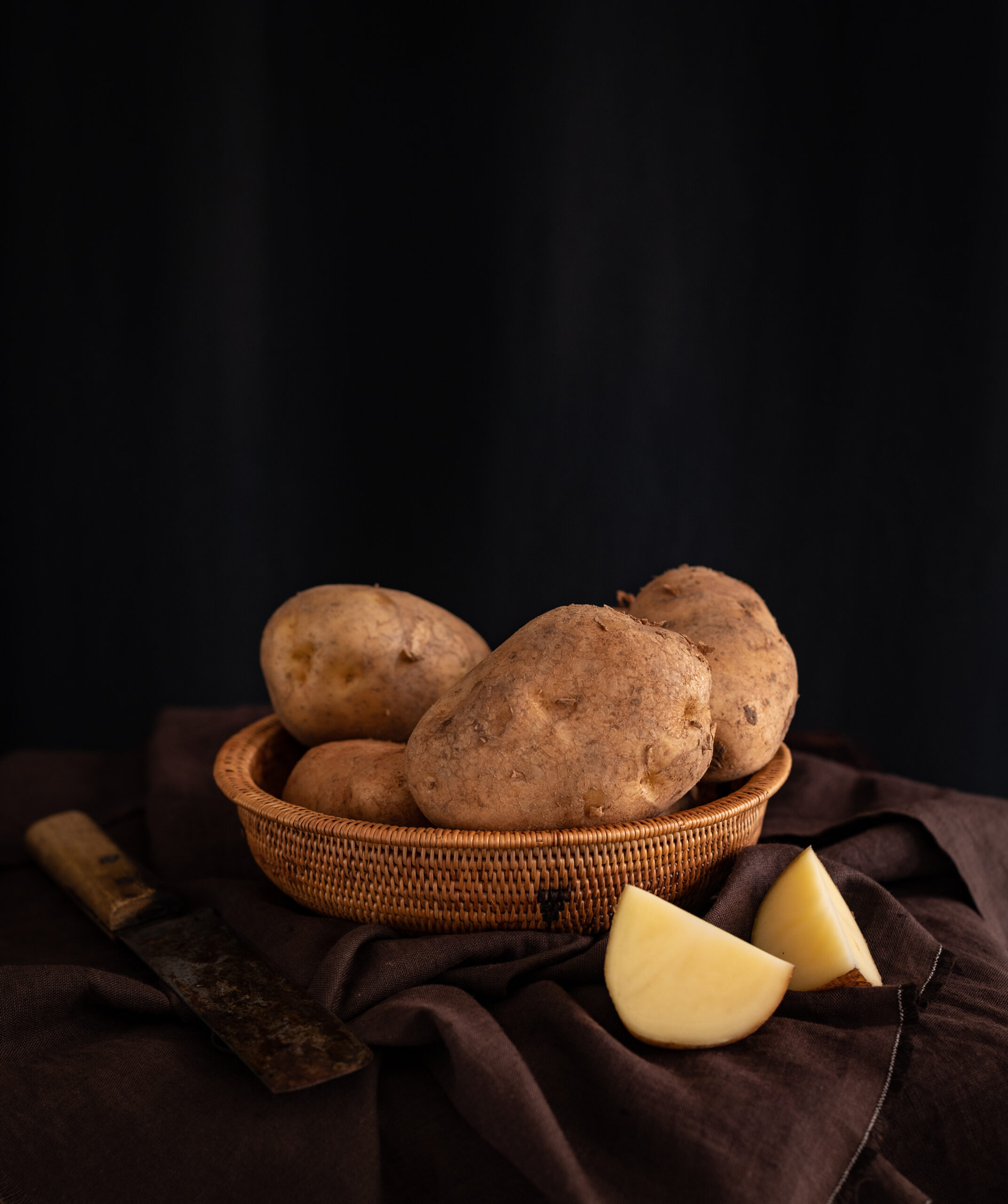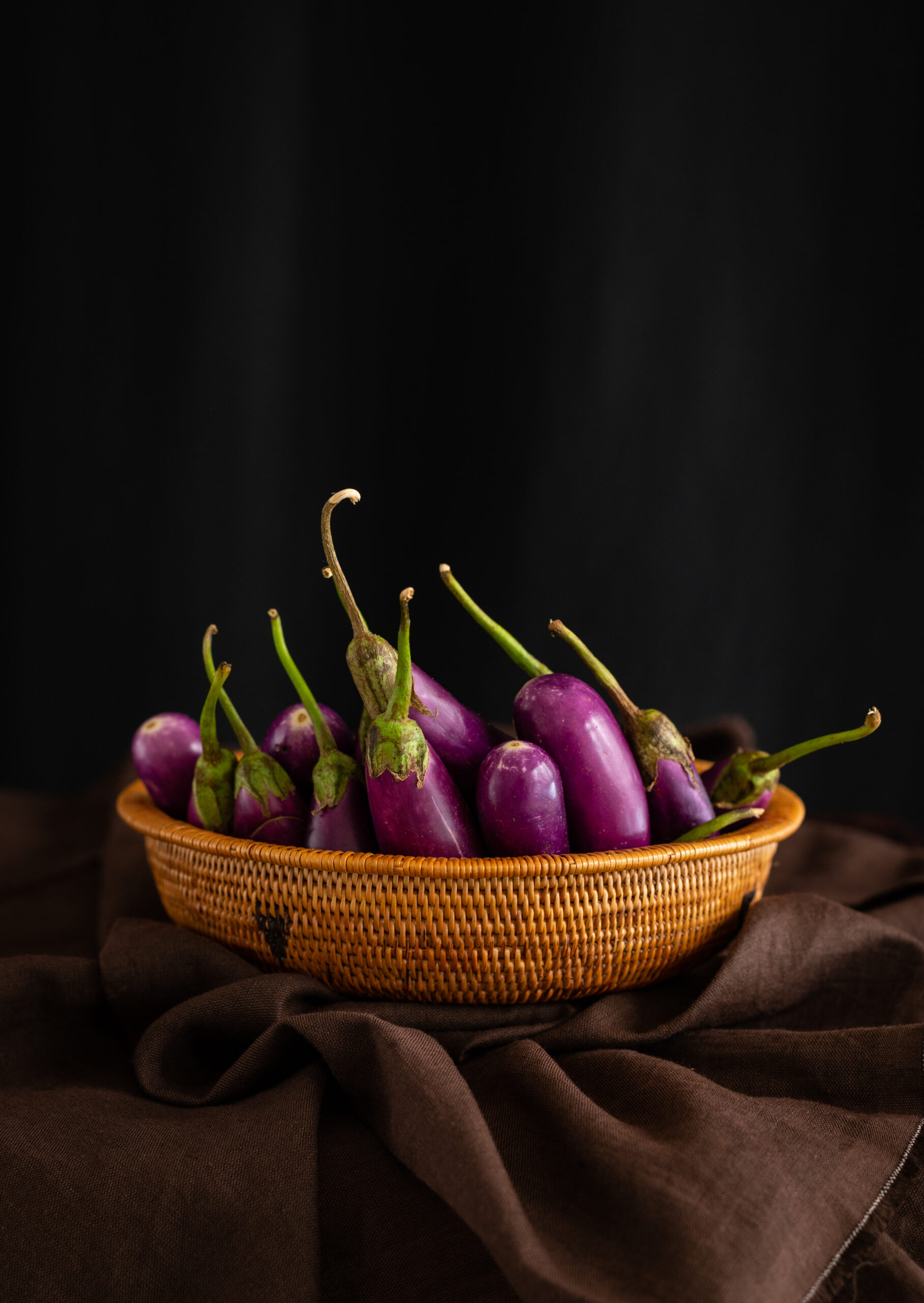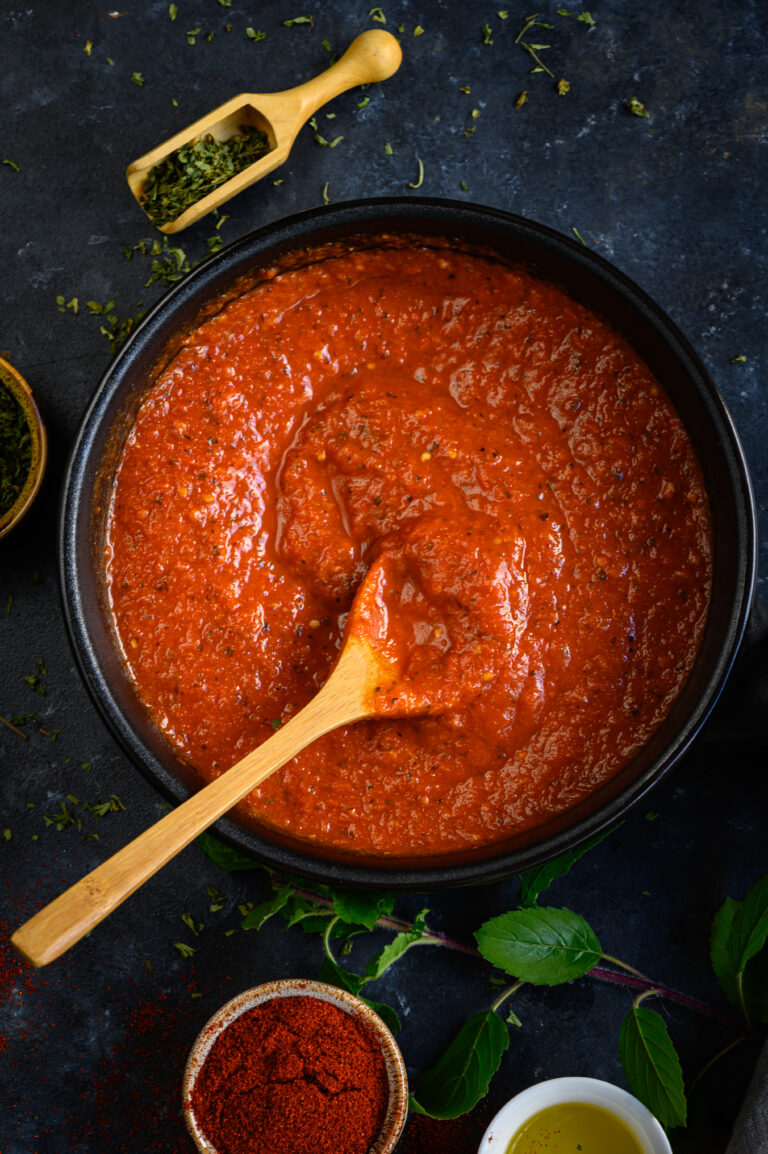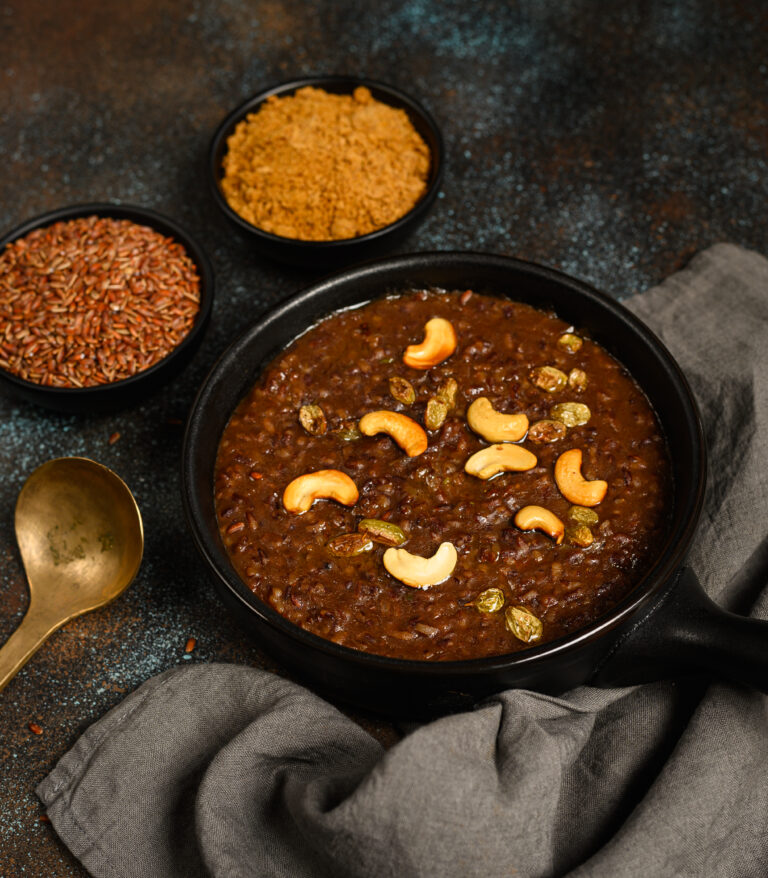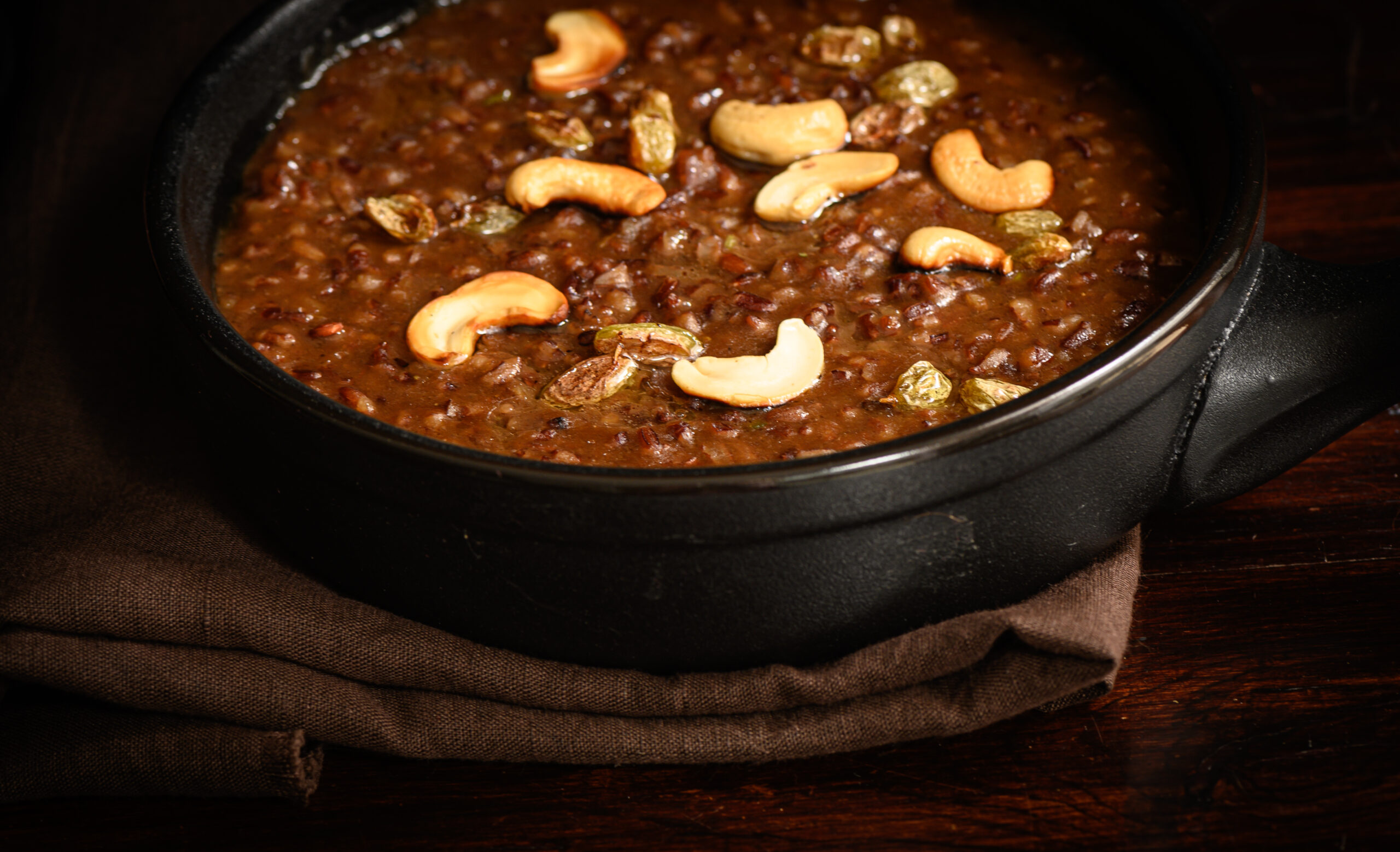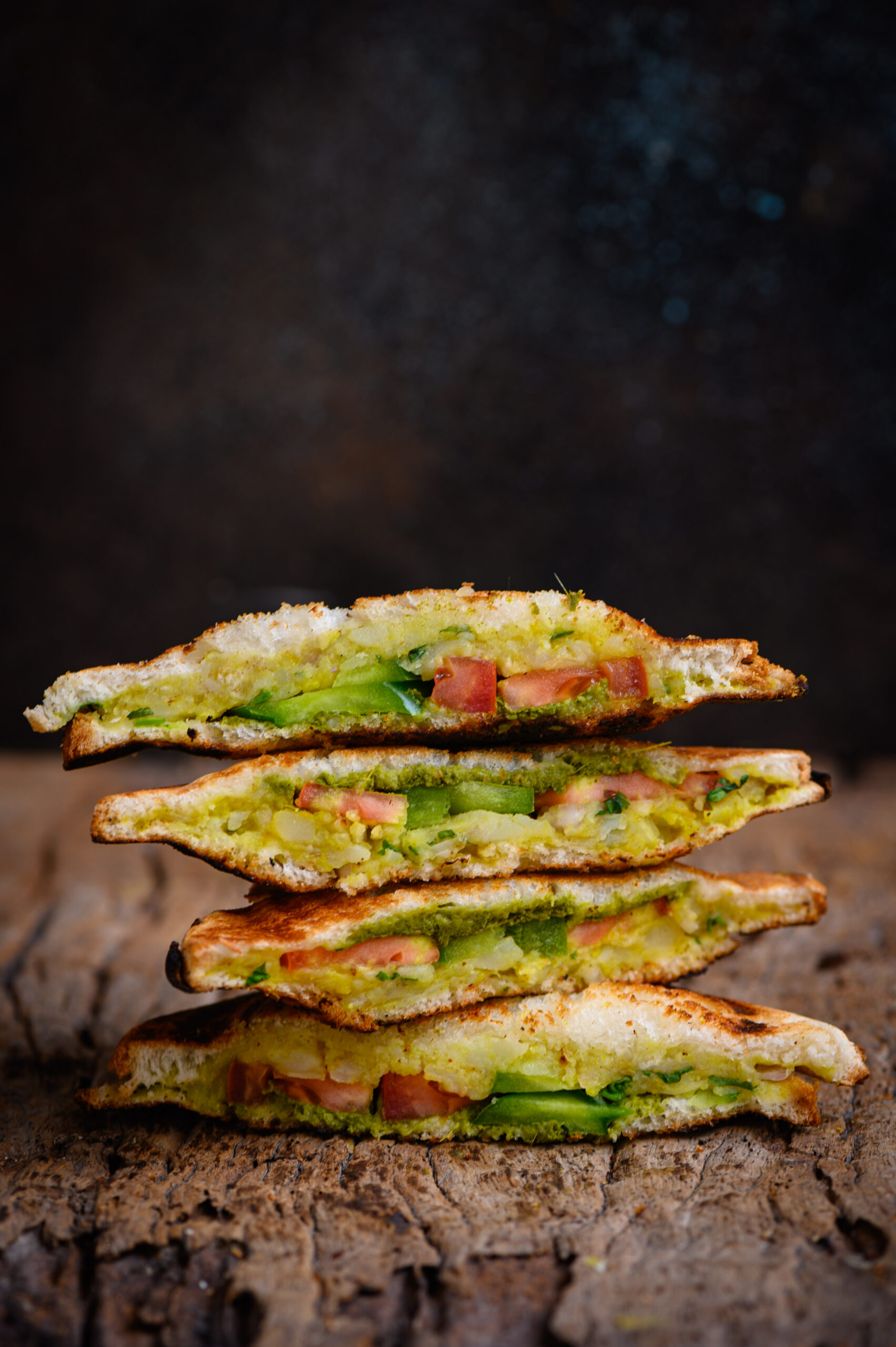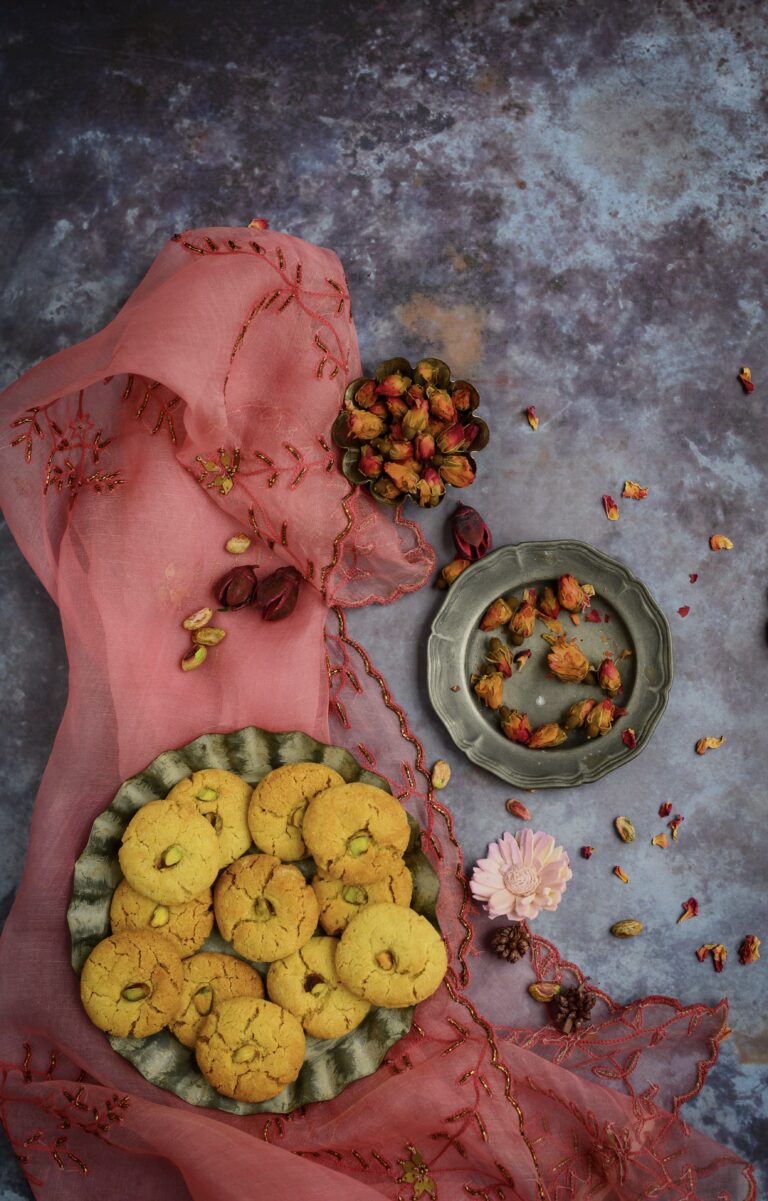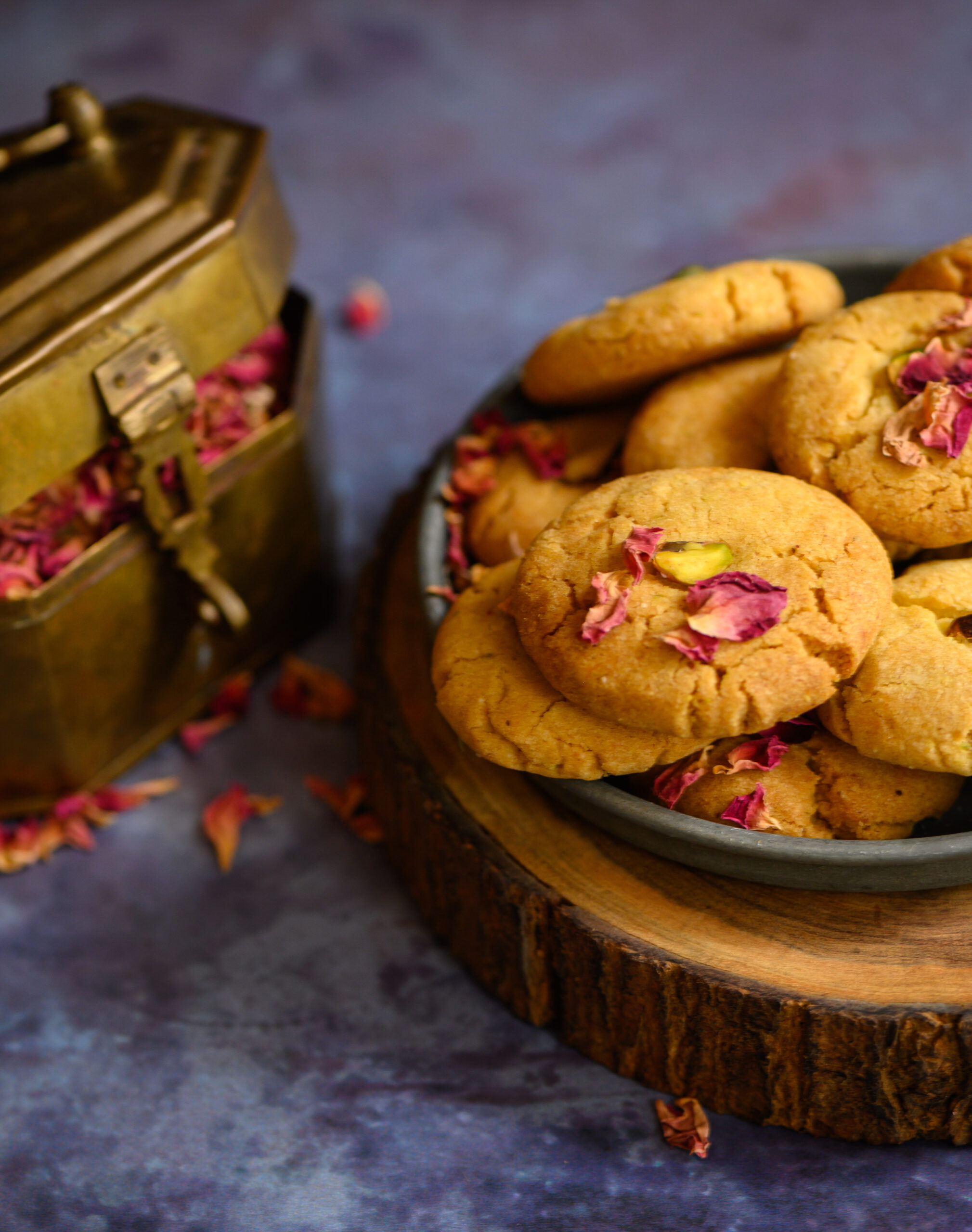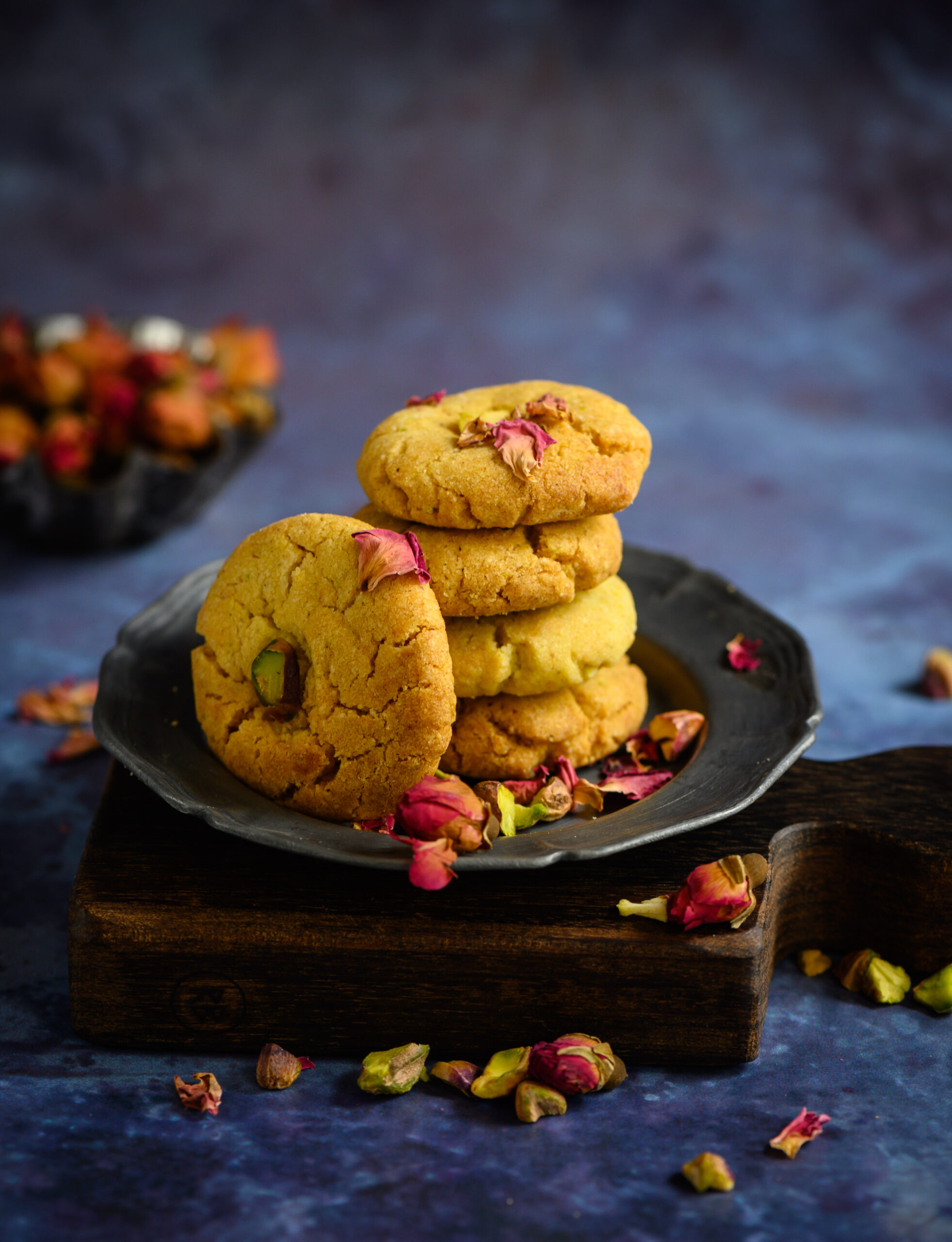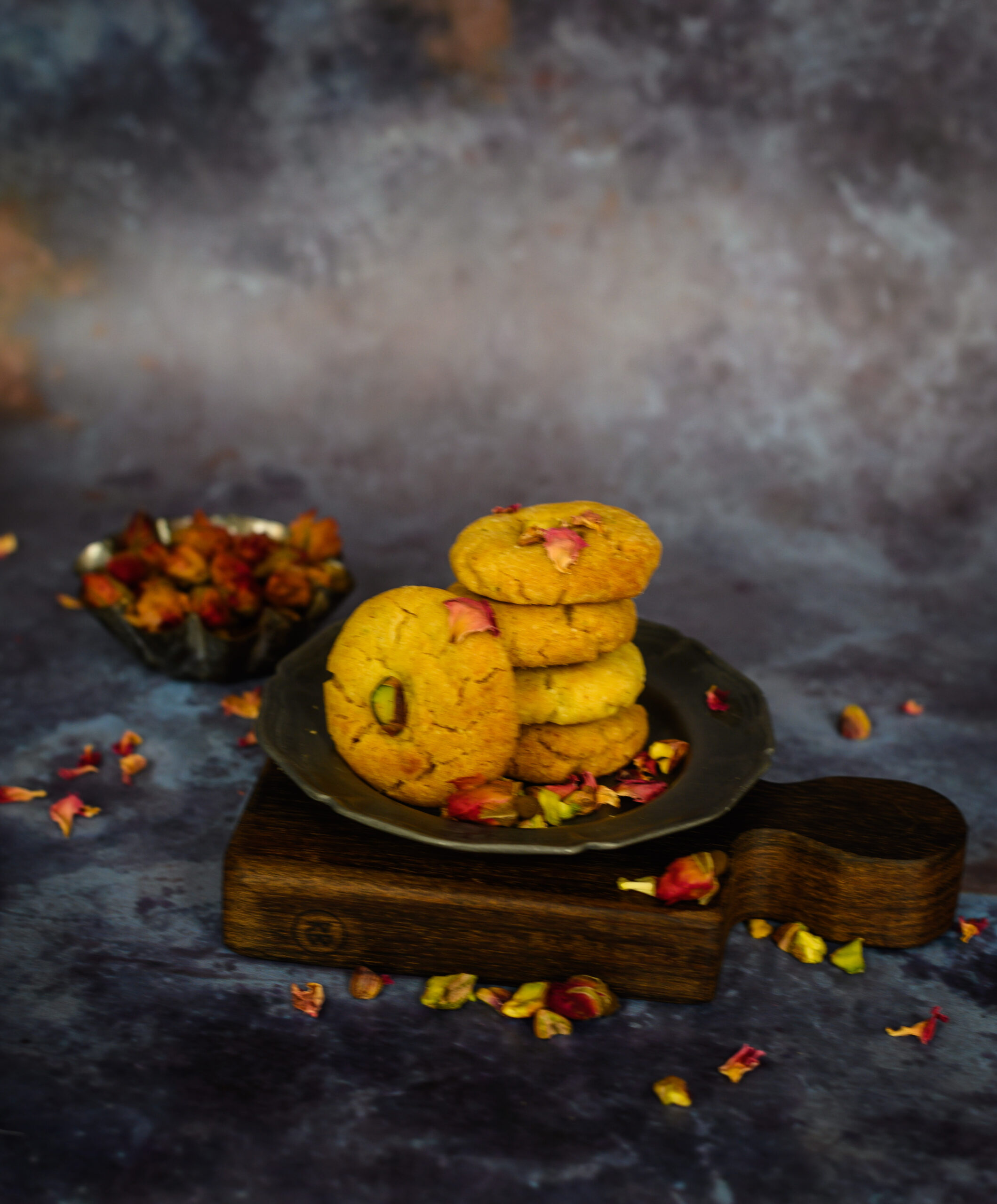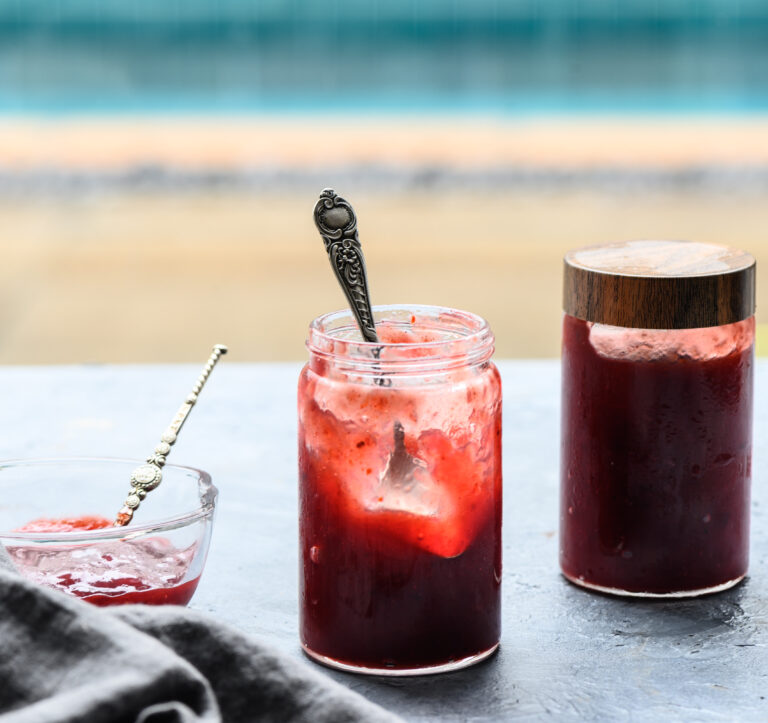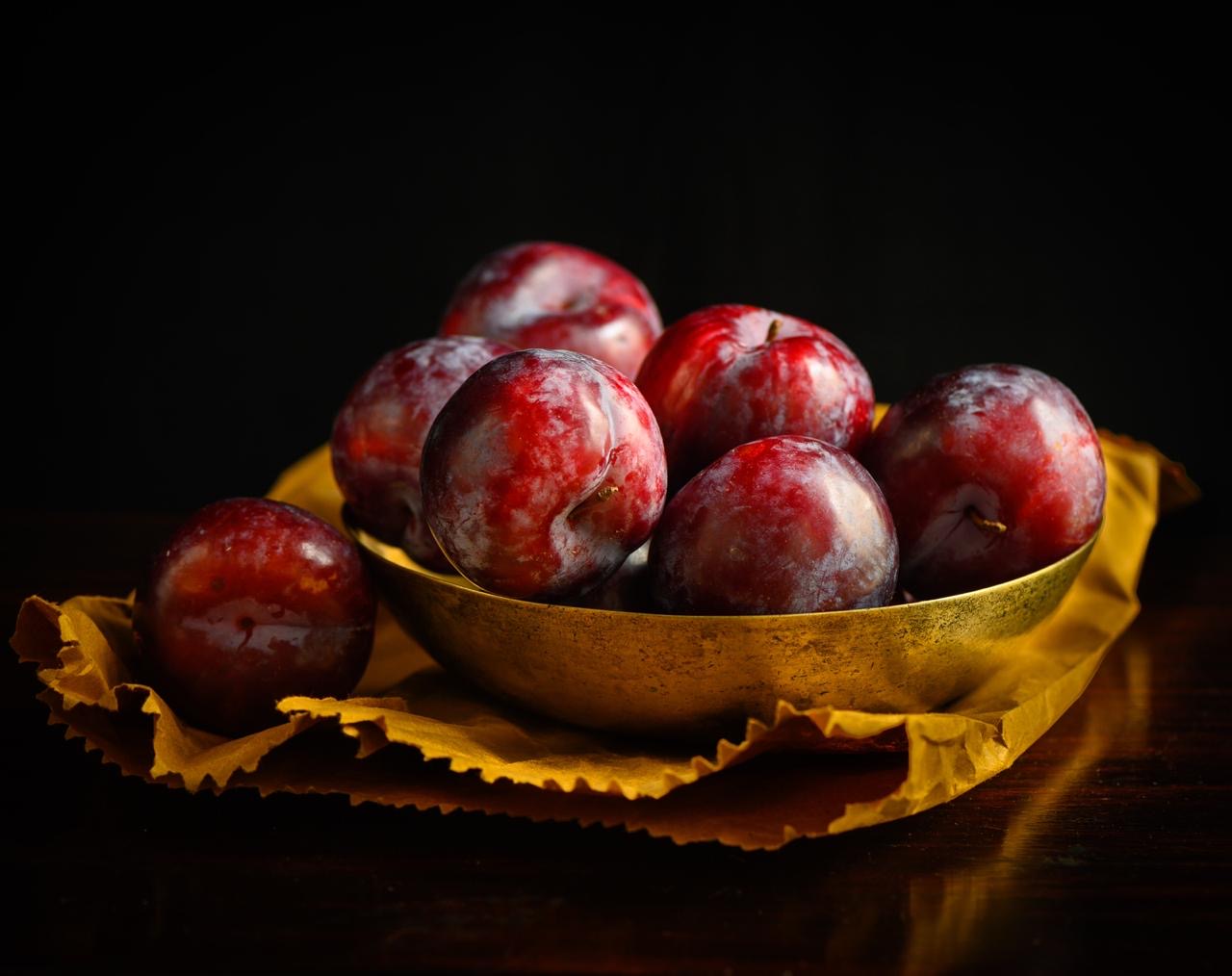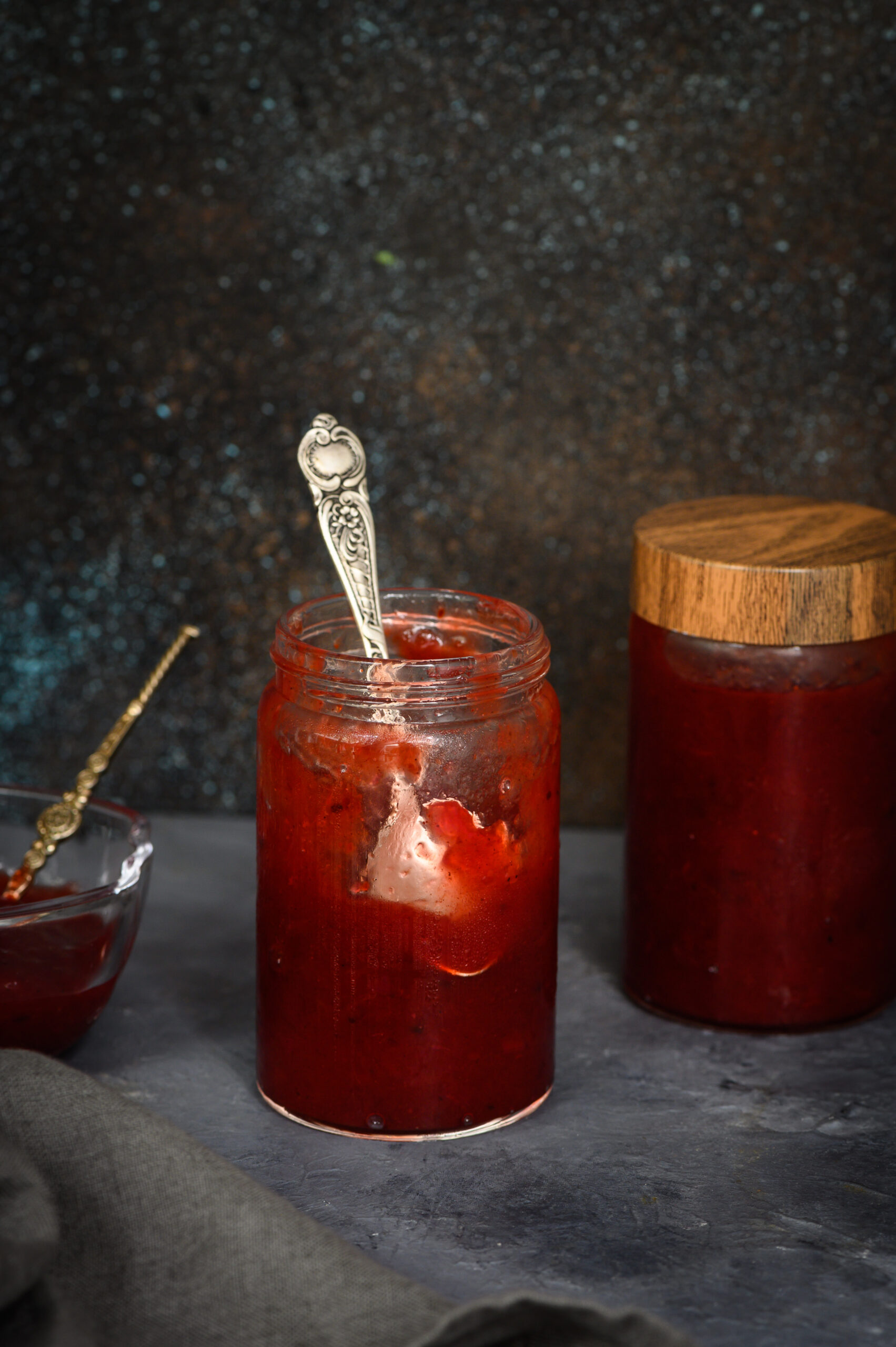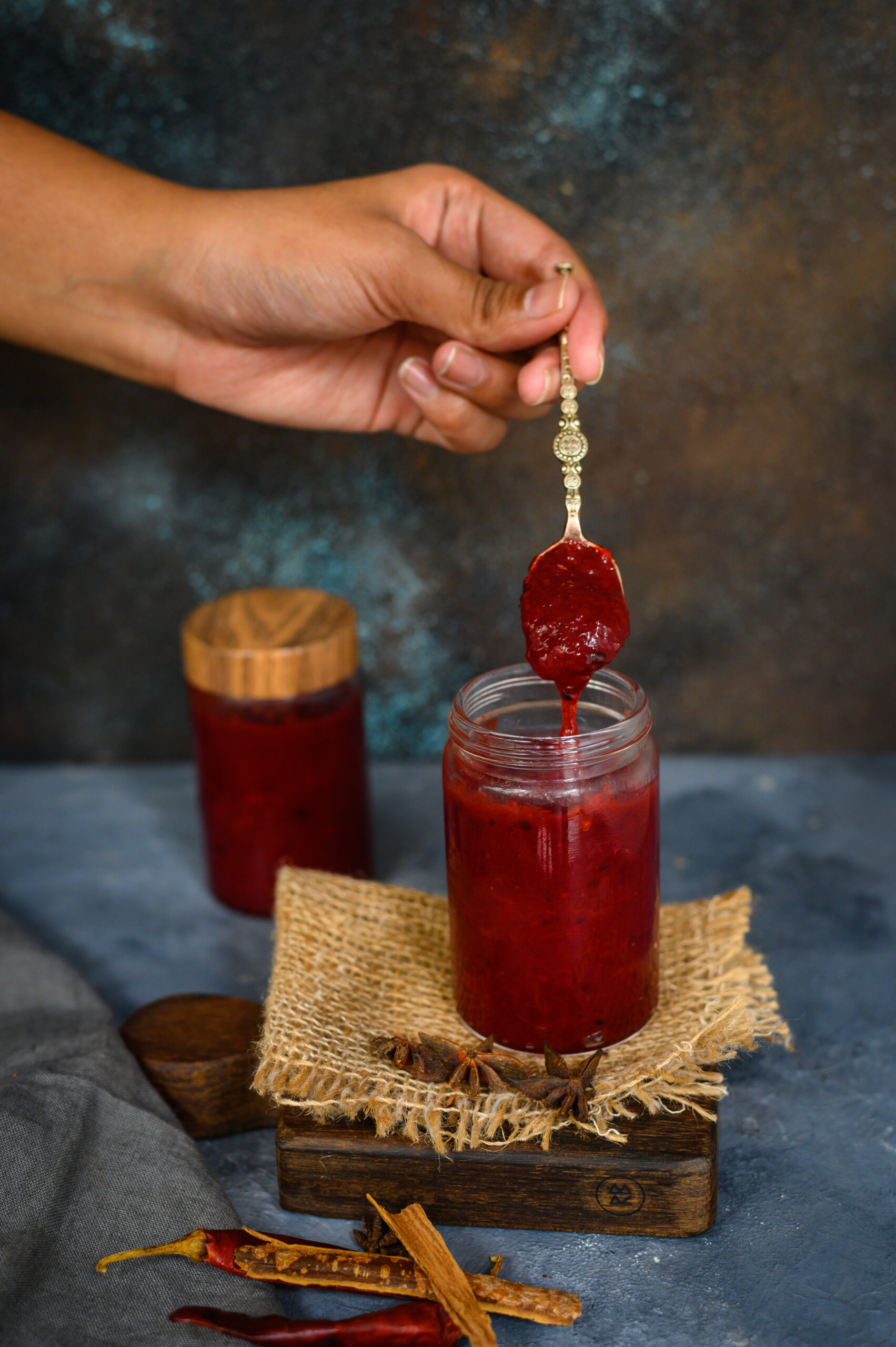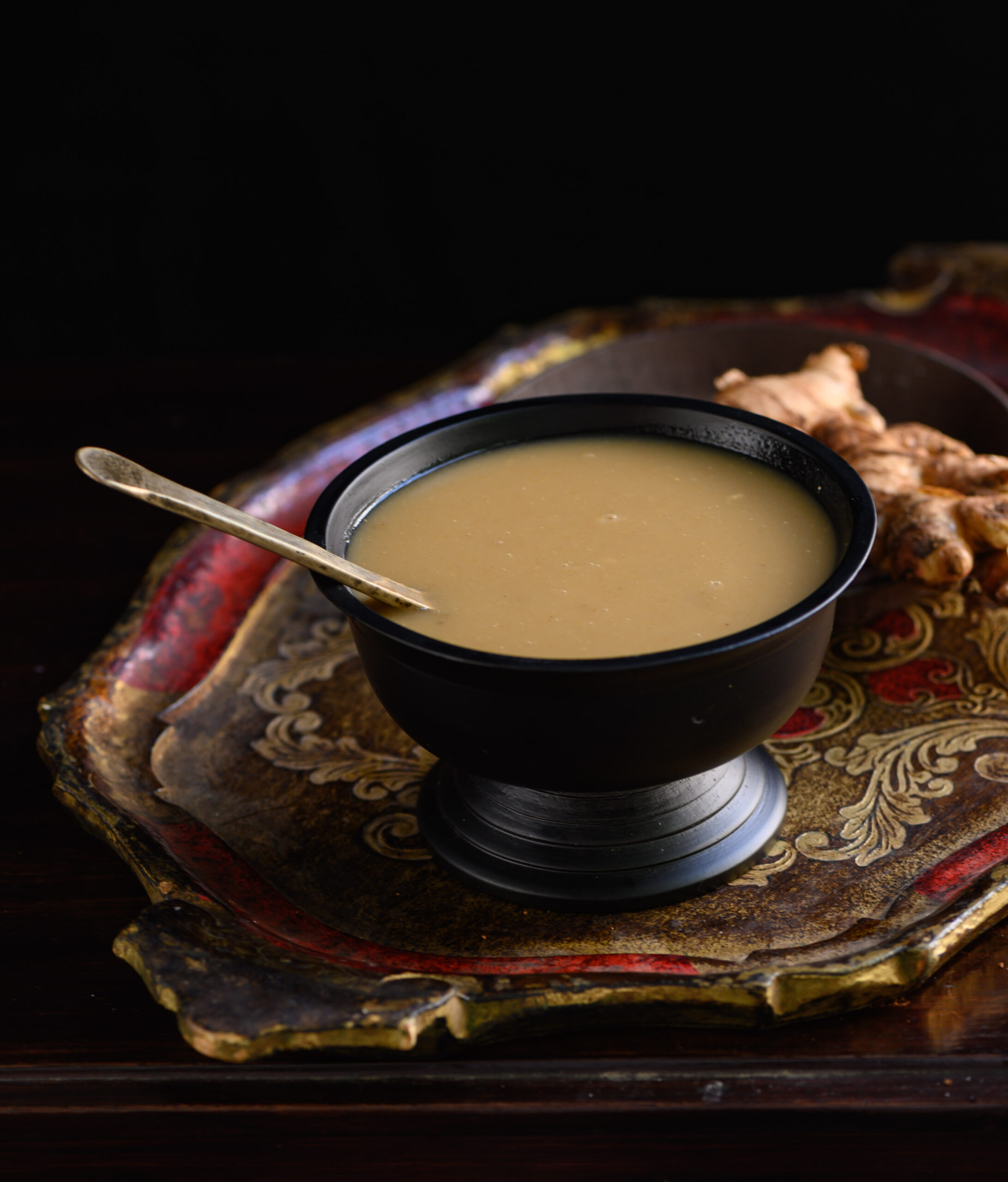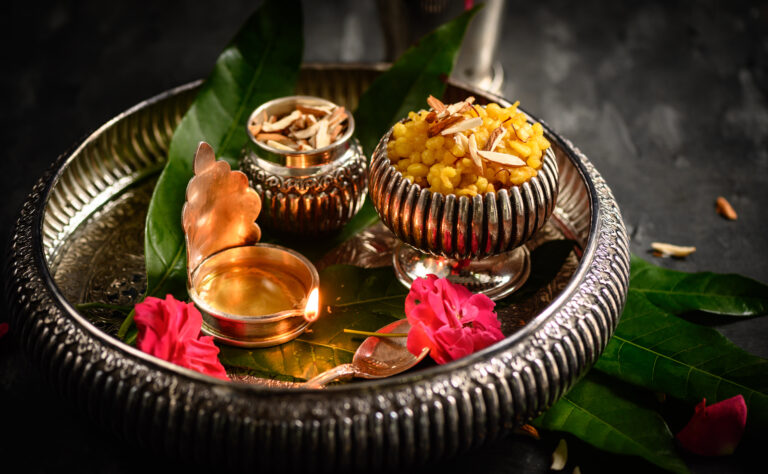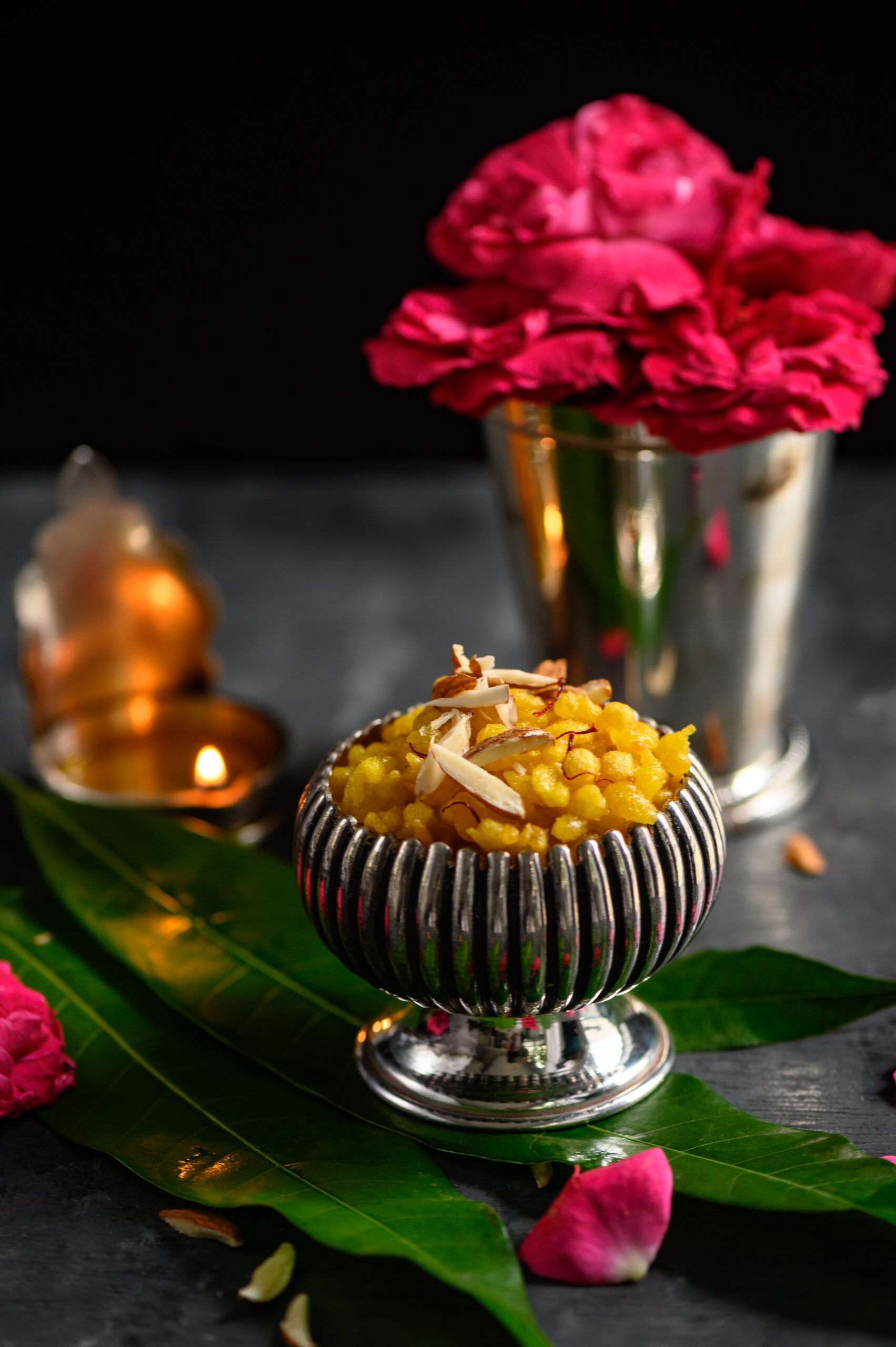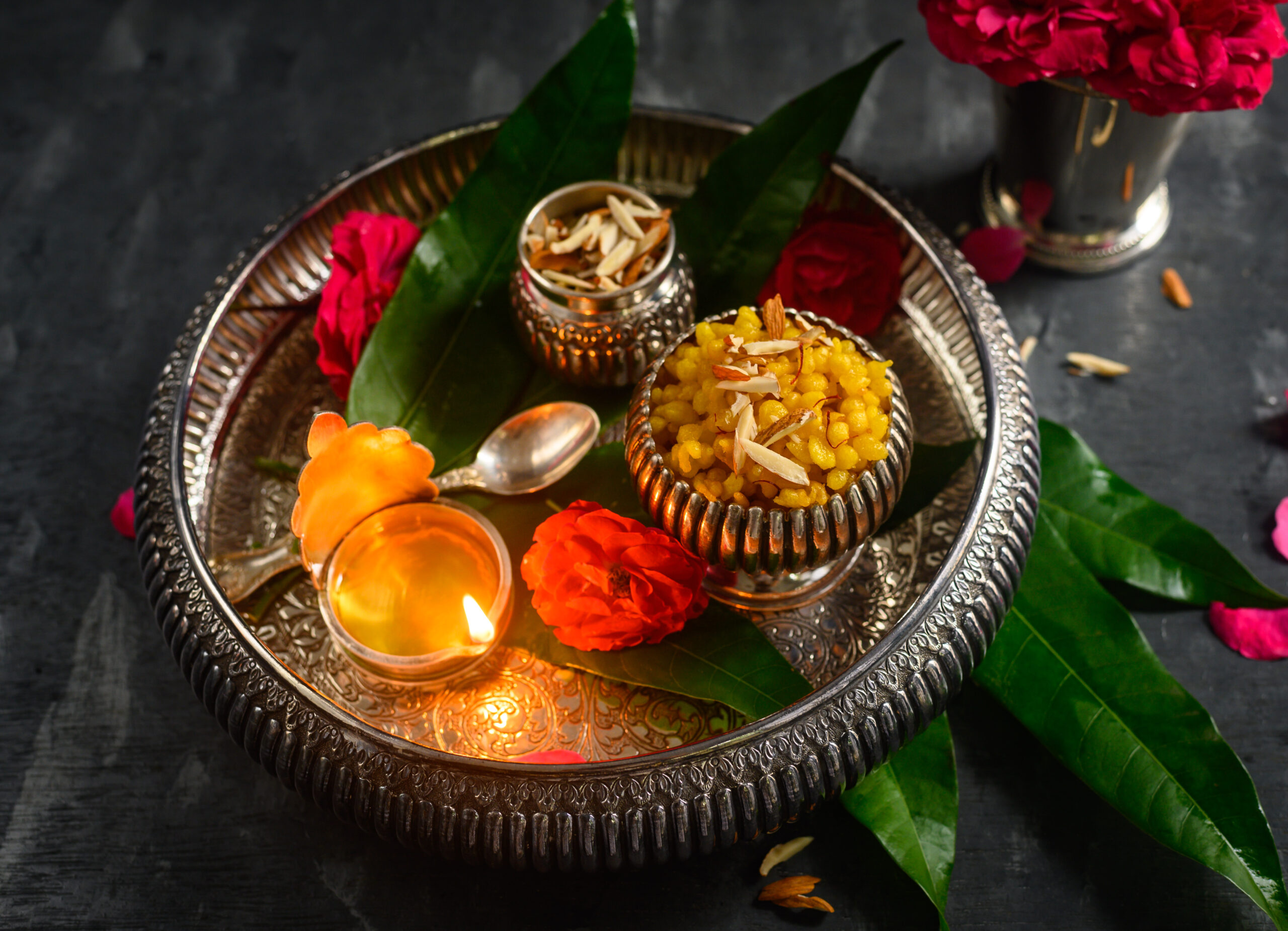For as long as I’ve been cooking, I have woken up every morning wondering what new dish I might try in my kitchen. This hasn’t changed at all during this lockdown. I’m still starting each day by planning what I can prepare. Of course, as all of you are no doubt experiencing too, there’s an extra step of having to be especially creative so as to maximise available ingredients since grocery shopping is more infrequent now. Still, I believe that we must always eat well, as much as we can. Desserts are still on my mind – sometimes the thought I start my day with is: a sourdough-based dish, or a cake? The other day, I picked baking a cake – a whole-wheat saffron and cardamom cake to be precise – and I’m glad to share the recipe with you today.
Teatimes at home now have a whole new vibe. I usually have my tea alone, but with everyone at home all day at the moment, they have become a special bonding experience. This is why a cake made all the more sense to me, as an accompaniment to our cuppas and conversations. With the re:store kitchen on hiatus along with so many other food and beverage enterprises in the city, I also missed baking on a daily basis. Going through my blog, I realised that in these three and a half years, I have shared no more than four cake recipes with you. Given that they are my signature product, I felt that there’s no time like the present to give you another one.

Like most of re:store’s baked goods, this whole-wheat cake is mildly sweet, with no icing. The cardamom and saffron add a faint but wonderful whiff of Indian-ness to it. An added benefit is that it’s eggless – perfect for vegetarians, and in case you’re running out of eggs at the moment. It’s a very easy cake to prepare, as well. Baking cakes always involves a simple formula, as I reminded my niece when she attempted one of the recipes I shared earlier. If you follow the basic principles carefully, they reliably turn out perfect. This one, I can assure you, is not only easy to make but also very tasty.
Earlier, I enjoyed making this cake using mini loaf tins. For a change, this time I baked the cake in a regular-sized loaf tin, selecting it from the pans which I have collected over time. This tin shape makes the cake especially cute, and it comes out in the perfect size to slice up. The portions are ideal for a family of five at teatime. Ours is 5+1 at the moment, including my dog Max – who always reminds us that we better eat up our share quickly, before he gobbles it up!
If cardamom and saffron aren’t available in your kitchen right now, this recipe will work equally well with lavender or even some mild lemon zest. The choice is yours. Feel free to experiment with flavours (and be sure to let me know in the comments later what you decided to do). Happy baking!

Whole-Wheat Saffron/Cardamom Cake
(Serves 5)
180 grams whole-wheat flour
185 grams white powdered sugar
2 tablespoons brown sugar
½ teaspoon cardamom powder
5-10 strands saffron
65 grams soft butter
1 teaspoon baking soda
¼ teaspoon salt
240ml whole milk
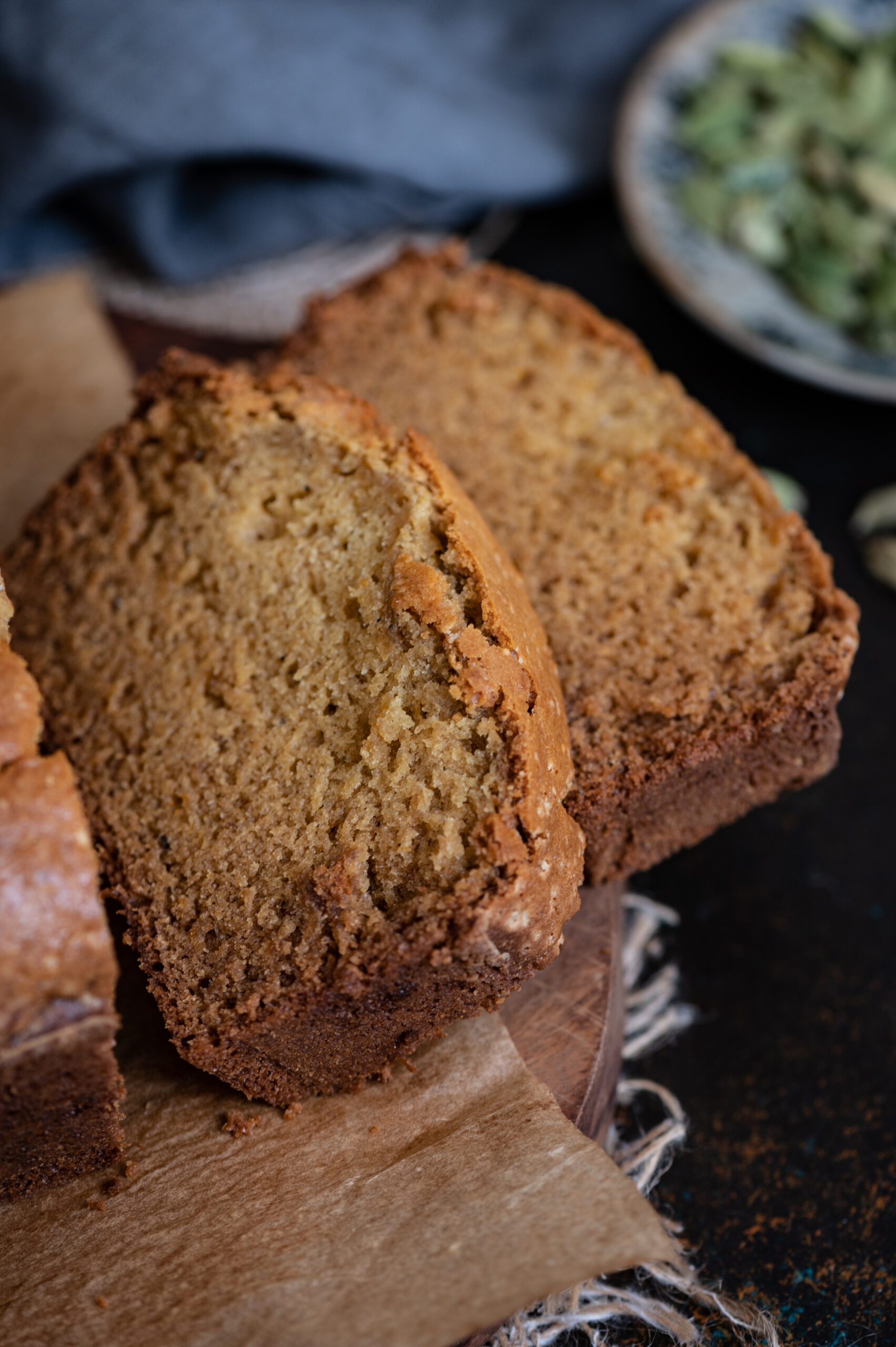
Preheat the oven to 180°C.
Prepare a loaf tin by greasing the tin and lining it with parchment paper.
Remove a ¼ cup of milk from the 240ml, keeping the rest aside. Soak the saffron strands in this for half an hour or until colour rises.
In another bowl, add all the dry ingredients and mix them together well. Then, add the wet ingredients one by one and mix again.
Pour the batter into the loaf tin and place it in the oven. Allow to bake for 30 – 40 minutes or until a skewer comes out clean.
Toward the end of the baking process, you may notice that the cake acquires a darker colour on top. This is due to the brown sugar. If you prefer, you may cover the cake loosely with parchment paper while it bakes, to avoid excess browning.
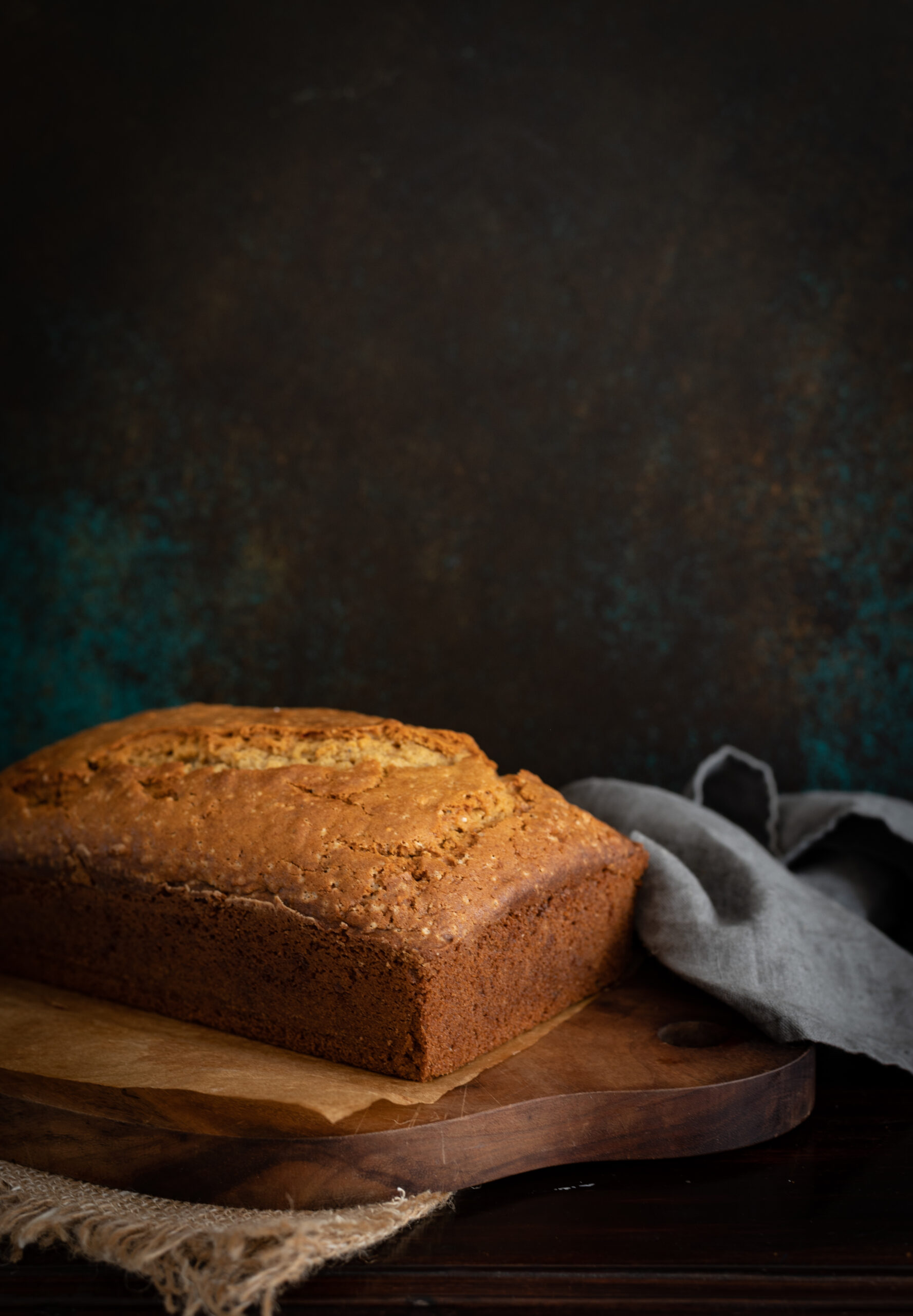
Let it cool slightly, then remove the still-warm loaf and slice it up for serving. The lovely thing about this cake is that it needs no icing or any kind of topping, and responds well to a variety of flavourings. It has a nice rustic look, and tastes perfectly moist and delicious all on its own. The perfect accompaniment is a cup of tea – along with a pleasant conversation…
I hope you’ll enjoy this recipe, and that it adds a hint of sweetness and sparkle to this challenging time!


